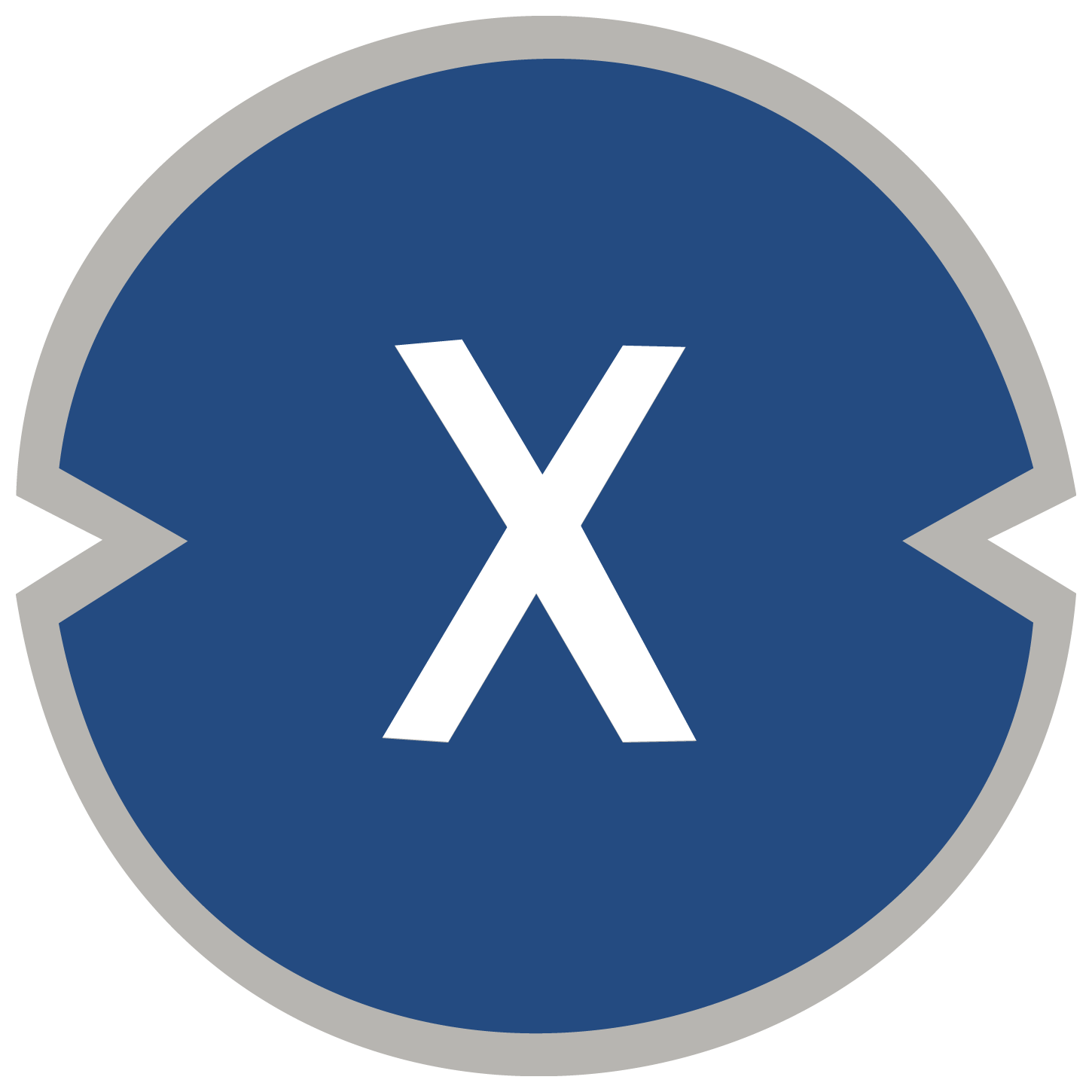Critics of Bitcoin have often pointed out its slow transaction speed and compare it to faster blockchains that promise lightning fast settlement. However, that misses the point entirely as Bitcoin was never meant to be fast. It was designed for security, decentralization and censorship resistance; and that is only possible because of its slow and methodical transaction validation process.
For developers and investors who understand Bitcoin’s philosophy, slowness isn’t a problem, it’s a feature. Trying to “fix” Bitcoin’s speed would undermine what makes it valuable in the first place. Instead of changing Bitcoin itself, innovation must happen around it, using Layer-2 solutions and other tech to make it more usable without sacrificing its foundation.
Bitcoin Was Never Meant to be a High-Speed Network
Bitcoin is often mis-seen as a competitor to high-throughput blockchains that prioritize transaction speed. In reality, it was designed with a specific vision in mind: to be a ‘decentralized, trustless and immutable financial network.
Satoshi Nakamoto, Bitcoin’s pseudonymous creator, didn’t set out to build a blockchain t’hat could handle millions of transactions per second. Instead, the primary goal was to ‘eliminate intermediaries and provide a censorship resistant digital asset. That required a network that prioritizes security over speed, so every transaction is thoroughly verified before being written to the blockchain.
The Proof-of-Work (PoW) consensus mechanism plays a big role in this process. By requiring miners to solve complex math problems to validate transactions, BTC ensures its blockchain is tamper proof. While that makes transactions slower than centralized payment systems, it also means it is resistant to attacks and manipulation.
As Jameson Lopp, a well known Bitcoin advocate and CTO of Casa, says:
“Bitcoin’s slow and steady approach to consensus is the trade-off for its unparalleled security and decentralization. Those who truly understand Bitcoin accept this trade-off rather than trying to change it.”
Why Faster Block Times Would Weaken Bitcoin
Some have argued Bitcoin could be improved by reducing its 10 minute block time to process transactions faster. However, that would come with big downsides. A shorter block time would result in more orphaned blocks; blocks that are rejected because they weren’t included in the longest chain. This would lead to more chain splits and a less reliable and more vulnerable network.
Furthermore, ‘reducing block time would require more frequent network updates, increasing the hardware and bandwidth requirements on nodes. That would centralize the network by making it more expensive for individuals to validate transactions, giving more control to well funded entities.
Nick Szabo, a cryptographer and early Bitcoin thinker, warned about this risk years ago:
“Decentralization isn’t about having the most transactions per second. It’s about removing trust from the equation and ensuring anyone can participate in securing the network.”
The Blocksize War: A Lesson in Why Bitcoin Shouldn’t Change
BTC’s slowness and transaction limits have been a point of contention for years. In 2017, the BTC community was in the Blocksize War, a battle over whether to increase Bitcoin’s block size to allow more transactions per second.
Proponents of larger blocks argued that increasing the block size would reduce fees and make Bitcoin more scalable. However, critics pointed out that larger blocks would make it more expensive to run full nodes, centralizing control in the hands of a few powerful entities.
The community rejected ‘the block size increase and Bitcoin Cash was born, a hard fork that attempted to increase the block size. However, Bitcoin Cash failed to gain widespread adoption while BTC itself continued to thrive.
This is evidently a key lesson: Bitcoin’s core protocol should be conservative, with changes only made when they align with its fundamental values of security ‘and decentralization.
The Future of Bitcoin Lies in Layered Scaling Solutions
You might ask; If Bitcoin is slow how can it compete with faster networks? The answer isn’t to change Bitcoin itself but to build solutions around it.
Layer-2 scaling solutions like the Lightning Network enable instant, low cost transactions without changing BTC’s base layer. By settling transactions off-chain and periodically ‘reconciling them on the main blockchain the Lightning Network allows Bitcoin to be used for everyday payments without compromising security.

Sidechains like the Liquid Network offer additional ‘functionality while remaining anchored to Bitcoin’s security model. These solutions allow developers to experiment with new features like smart contracts and token issuance without changing Bitcoin’s core protocol. As Lyn Alden says:
“Bitcoin’s layered approach is like how the internet evolved. The base layer is simple and robust; and additional layers handle complexity and scaling. That’s how Bitcoin will scale without sacrificing what makes it valuable.”
Conclusion: Slow, Secure, and Built to Last
Stating it expressly again; Bitcoin’s slowness is not a bug, ‘it’s a feature that ensures its durability and resilience. In a world where many blockchain projects sacrifice security for speed; BTC is the steady anchor.
Instead of trying to change Bitcoin’s fundamentals, developers and businesses should accept its deliberate pace and build on top of it. By focusing on Layer-2 networks, interoperability ‘solutions, and innovative applications, the Bitcoin ecosystem can grow without compromising the core values that make it unique.
The future of Bitcoin isn’t about making it faster; it’s about making it stronger. And in that regard; its slowness may be its greatest strength.
Stay updated with Deythere as we’re available around the clock, providing you with updated information about the state of the crypto world.
FAQs
Why is Bitcoin slow?
Bitcoin is slow because of ‘its Proof-of-Work consensus mechanism which prioritizes security and decentralization over speed.
Can Bitcoin get faster?
Its base layer isn’t going to change much but Layer-2 solutions like the Lightning Network can make transactions faster without compromising security.
What was the Blocksize War?
The Blocksize War was a debate over whether to increase the block size to allow more transactions per second. The community decided against it to preserve decentralization.
How does the Lightning Network help scale Bitcoin?
The Lightning Network allows users to do instant, low fee transactions off-chain and settle on the main blockchain periodically.
Why doesn’t Bitcoin adopt features from other blockchains?
Bitcoin is conservative so only changes that align with its core principles of security and decentralization are implemented.
Glossary
Proof-of-Work (PoW): A consensus mechanism where miners solve complex math problems to validate transactions and secure the network.
Layer-2 Solutions: Technologies built ‘on top of Bitcoin’s base layer to enable faster and more scalable transactions.
Sidechains: Independent blockchains that run alongside ‘Bitcoin to enable additional features while using Bitcoin’s security model.
Blocksize War: A historical debate over increasing the block size ‘to improve transaction throughput, ultimately rejected by the community.
Lightning Network: A ‘Layer-2 scaling solution that enables fast and low fee Bitcoin transactions off-chain.




















































































































